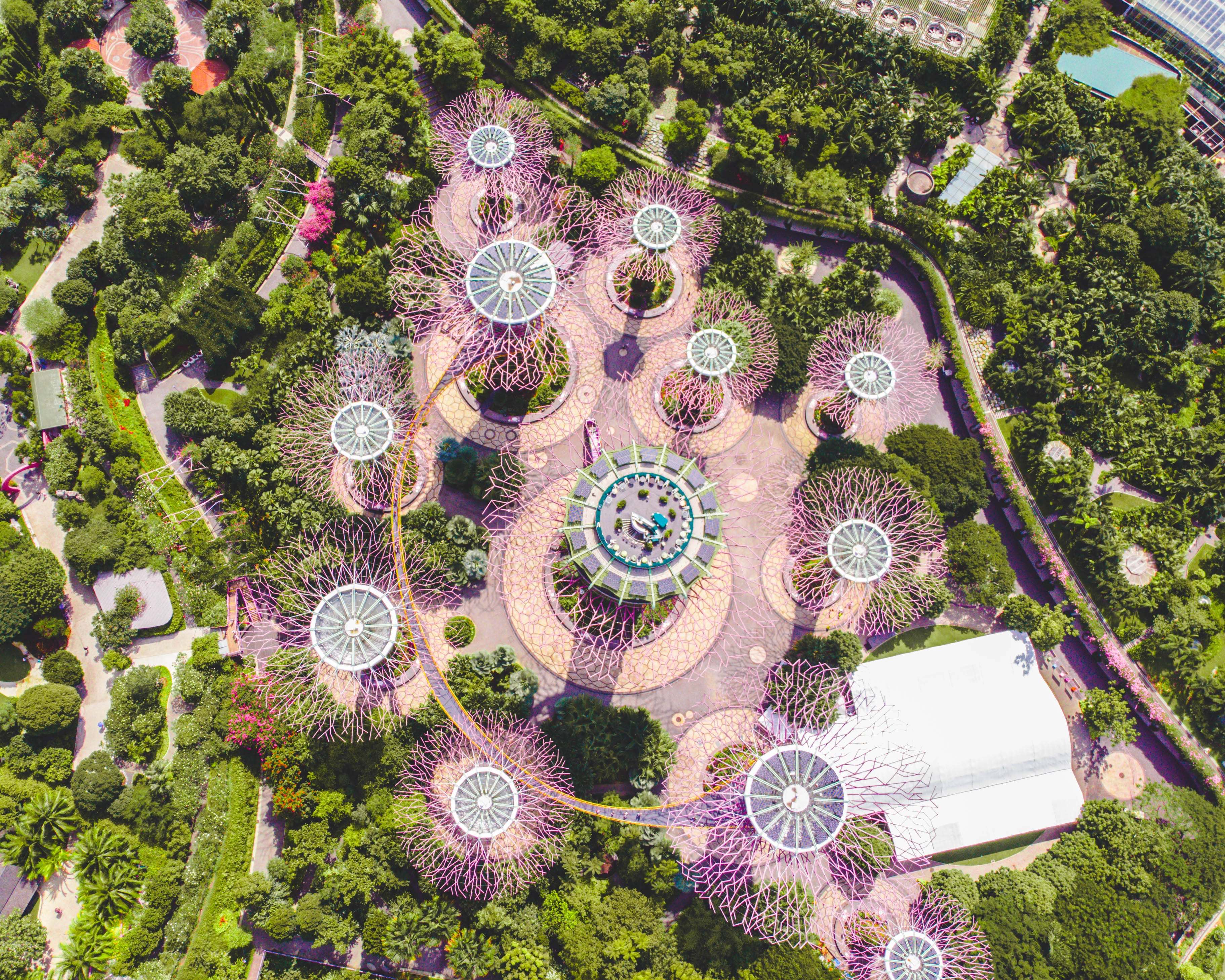
As an urban territory, Singapore comes closer than any to being an algorithmic city. Juniper Research’s last study placed this city-state at the top of the list of the world’s smart cities, before London and New York. It comes out first in all four categories: mobility, productivity, health and security. The Smart City Ranking, recently published by ABI Research, also places this Asian Dragon at the top, before Dubai and London. This unanimous praise begs for closer look into the origins of such a great success.
“Smart Nation”
In 2014, Singapore established the “Smart Nation” initiative to transform the city into a technological hub and position itself as a Smart City pioneer. At the end of 2017, the city’s government reaffirmed these intentions by investing 2.4 million dollars in this new economy over the next four years.
Hiding behind the generic term smart city is one of the world’s most ambitious programs to put technology at the city’s disposal. Ubiquitous, the program is linked to the economy but also to improving the quality of life, education or mobility in a systematic approach to exploiting data. For its economy, the city exploits the concept of Freight-as-a-Service to optimize the flow and maintain its role as the logistical hub for South-East Asia. As a way to encourage the emergence of urban services and an outstanding urban digital ecosystem, Singapore has also opened one of the world’s first government-owned open data platforms. Paired with an extensive policy for collecting data, this initiative has been at the root of many tangible projects: digitalized public services, generalized mobile payments, Smart Home, or Health Hub – an initiative that incites best health practices amongst Singaporeans. In higher education, it has been combined with a special attention to data professions, as a way of responding to the growing need for talent and exporting its knowledge. Mobility also gets its share with the Autonomous Vehicles Initiative (SAVI), that includes a research center and a plan to launch a fleet of autonomous taxis by 2022.
A data indigestion ?
The list of Singapore’s digital initiatives does not stop there: the Smart Nation program addresses all aspects of urban life. This omnipresence of technology is often criticized for its infringement on privacy. The city-state is currently transforming its 110,000 lampposts into nests of sensors capable of taking the city’s pulse and imaging a “data-driven” future and recognizing faces, making way for a permanent and generalized surveillance system. When asked about it, the city takes on a reassuring tone, saying that “the protection of personal data and privacy is at the center of its concerns regarding the project’s technical rollout…”. The city has also launched a platform, MyInfo, that allows individuals to access their personal data and authorize or decline its use.
The particularities of a “city-state”
If it’s easy to recognize Singapore’s progress as remarkable, it is less obvious to consider it as a model. It would surely be more appropriate to refer to it as a laboratory, with its 5.6 million inhabitants bundled onto 700km2, and status as the second best performing economy in the world. Moreover, the type of control necessary for the digitalization of all services cannot be exported to any and all countries. It is more adapted to countries whose social contracts might allow authorities to swiftly freeze the number of cars allowed on the streets or forbid chewing gum to keep the public spaces clean. As a centralized model, Singapore’s approach takes advantage of an extremely flexible regulatory system, which facilitates the quick appropriation of innovative technologies: autonomous vehicle testing here benefits from a legal system that is very permissive and an entire city district that has opened its public motorways to testing. Moreover, the city is muzzled by the feeling of urgency in the face of dwindling resources and rising regional competition. The lack of public space was also a reason for Singapore to take measures to drastically reduce the numbers of cars in the city, as mentioned in the introduction of the La Fabrique de la Cité’s article about urban congestion.
This unique context makes it difficult to export the Singaporean model to a larger and more heterogeneous society such as France. That said, while the city’s size is taking on more and more importance, Singapore has successfully built a brand that exports very well to certain Indian and Chinese megalopolises. As such, and as a way of exporting its expertise, the city has signed partnerships with the industrial park Suzhou and the ecological high-tech island of Nanjing.


